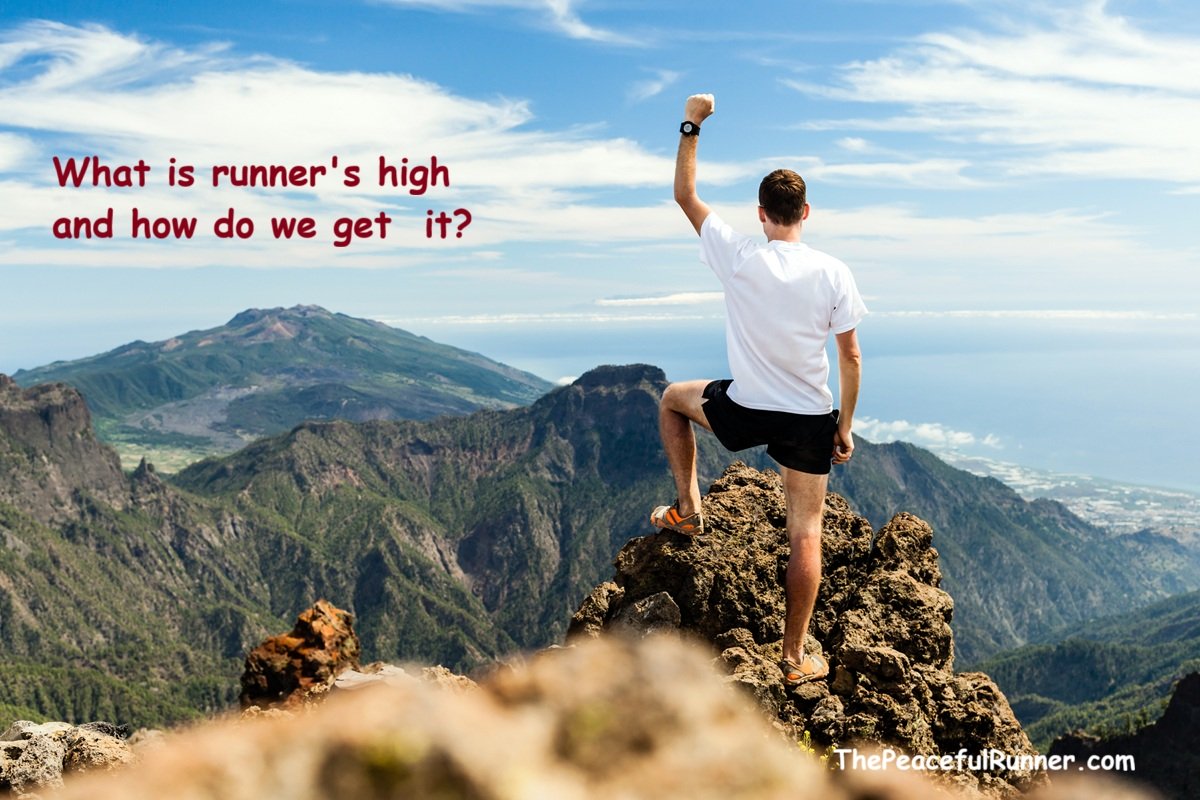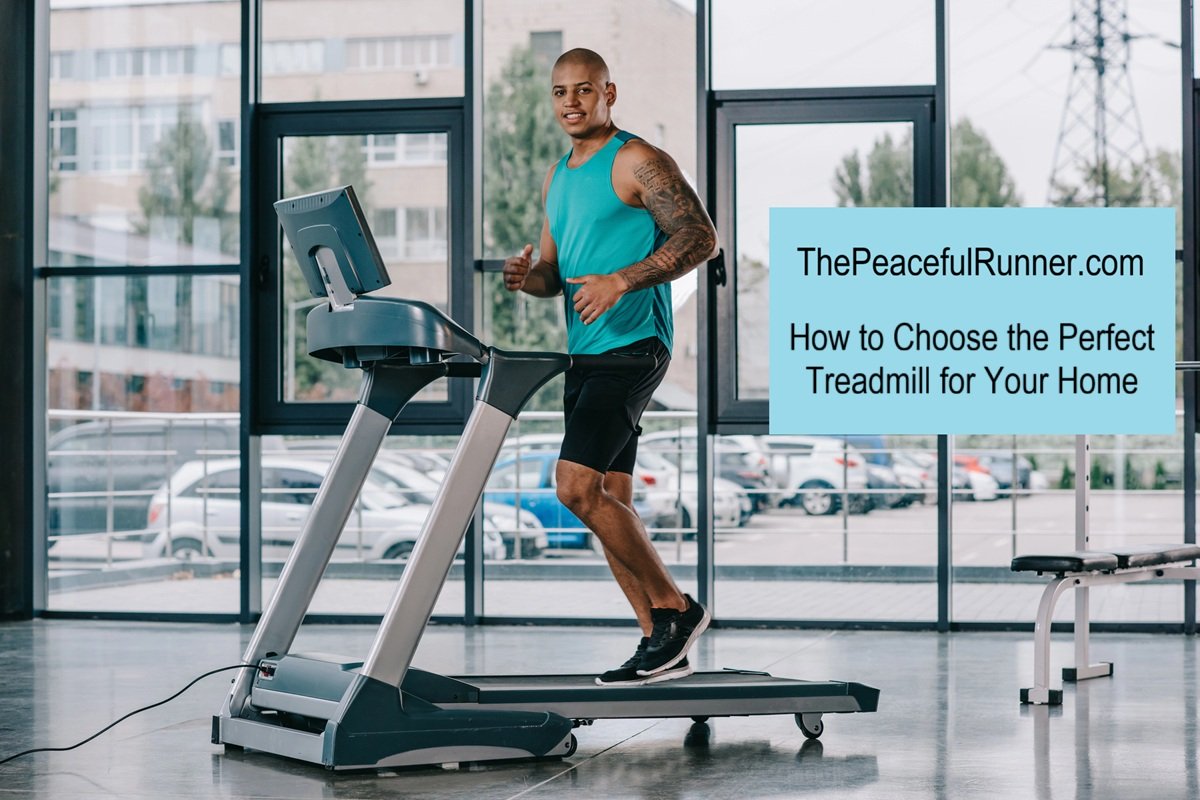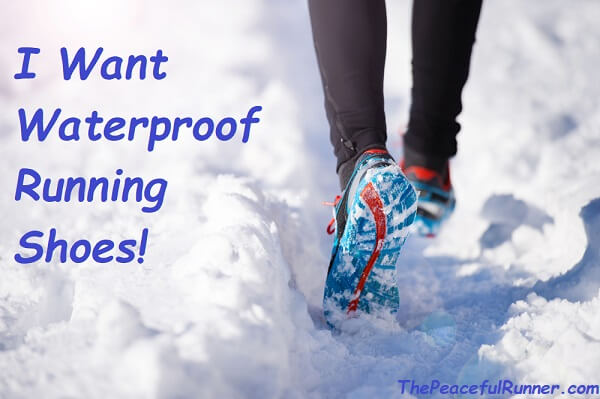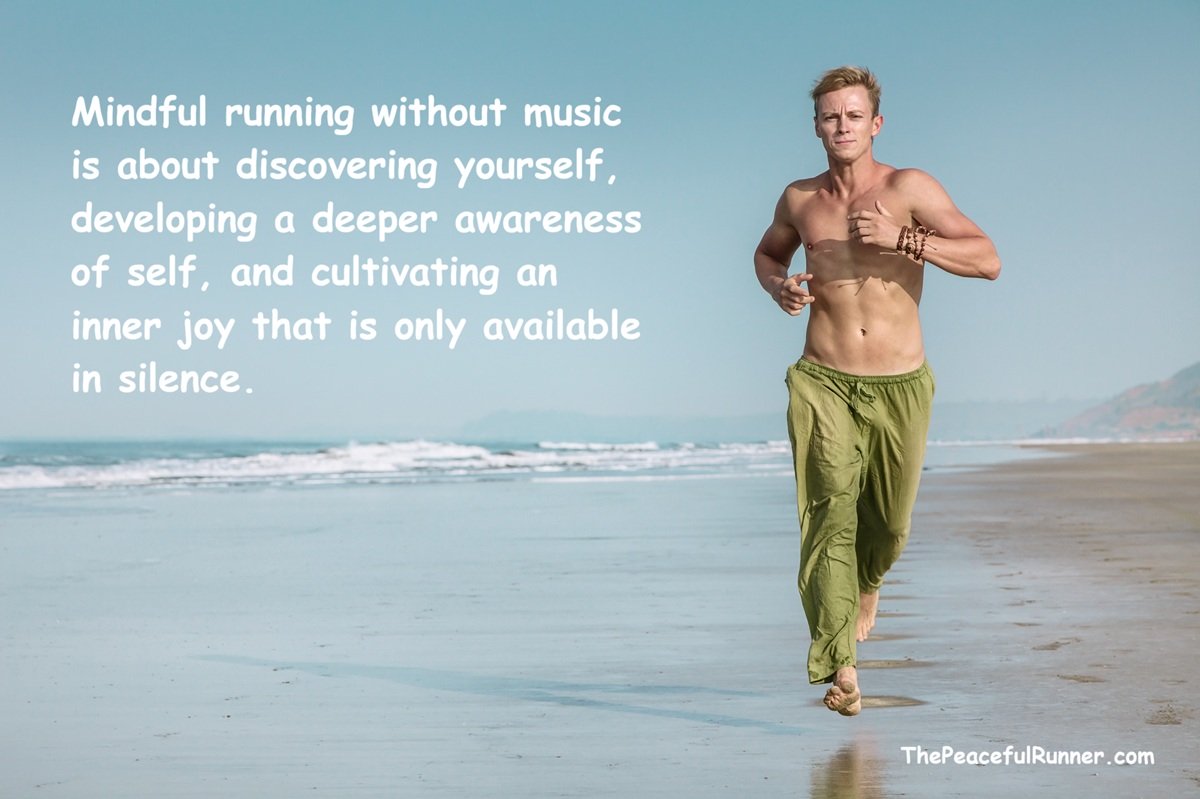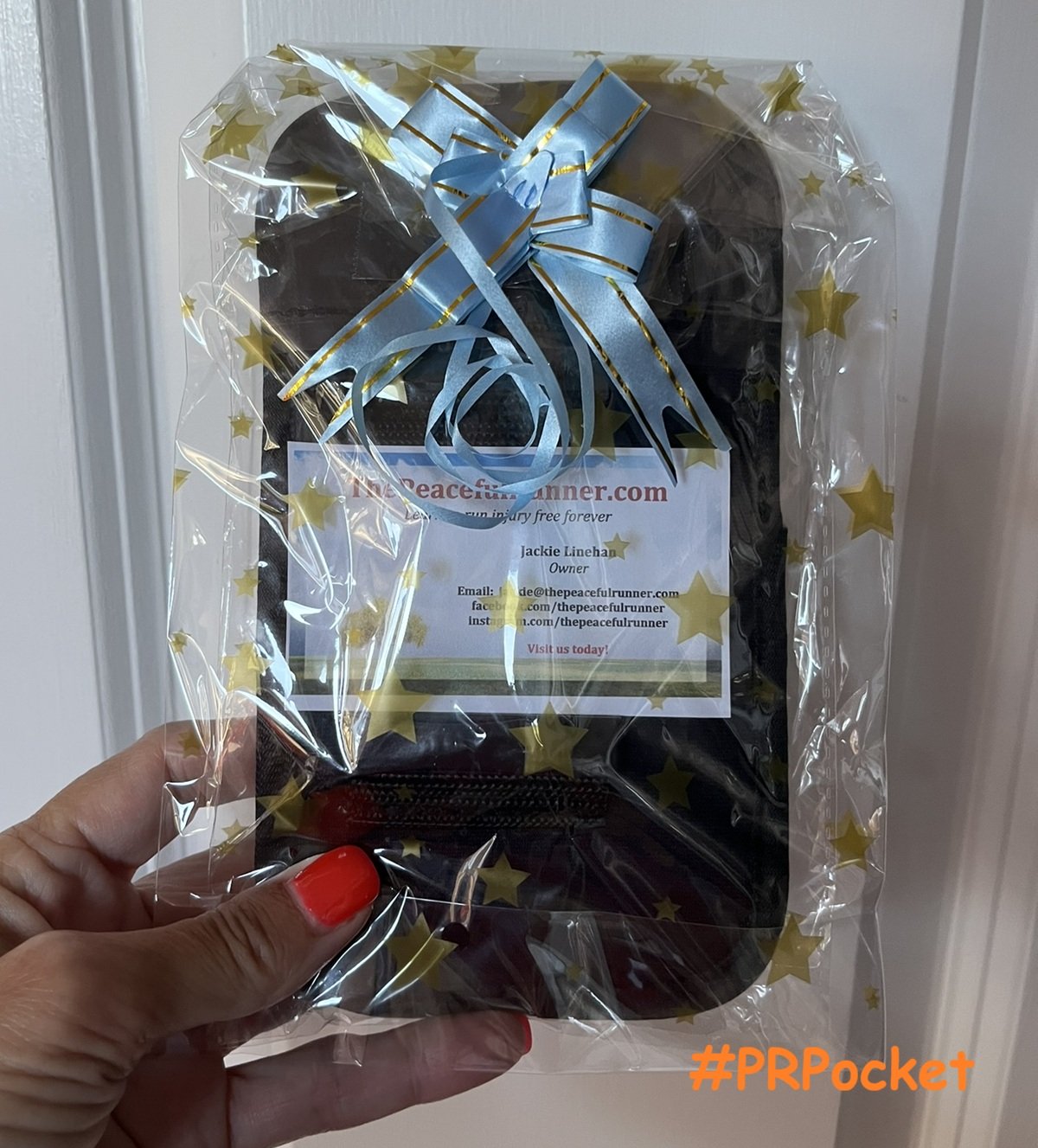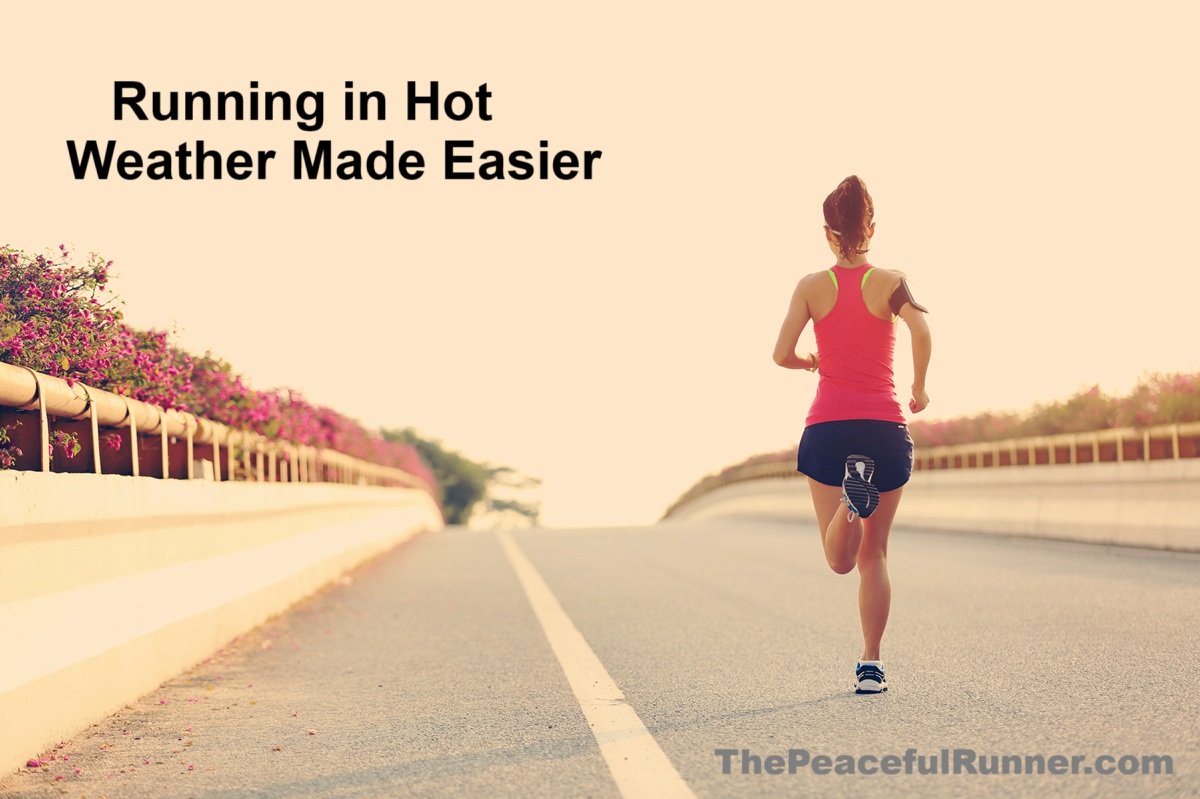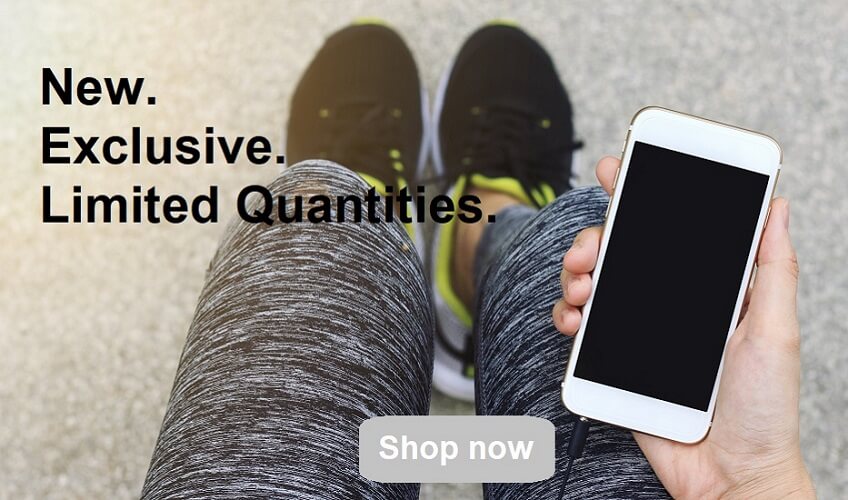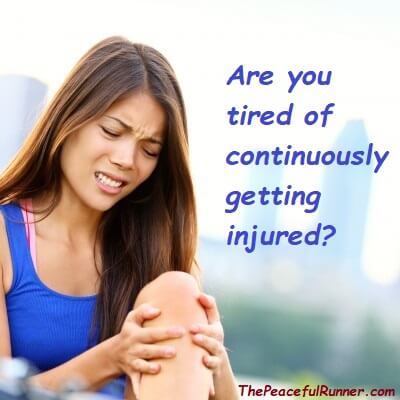- Home
- Running Interviews
- Camino
My Camino Author - Sue Kenney aka Barefoot Sue!
(Interview)
FTC Disclosure: As an Amazon Associate, I earn from qualifying purchases. Learn more
The Peaceful Runner would like to welcome My Camino author, Sue Kenney, for an in-depth interview. Sue, also known as Barefoot Sue, is a dedicated Wim Hof Breathing Method instructor, an inspirational speaker, life coach, a recording producer and a filmmaker.
Update (2020): Sue's new health passion is the Wim Hof Breathing Method. With this technique you can learn how to improve your immune system, dampen inflammation, and strengthen your cells. You can have command over your health and wellness and maybe even become SUPERHUMAN like Wim Hof! You can learn more about the science and the Wim Hof Breathing Method on her Facebook page where she is currently offering free videos twice a week on this amazing technique!
Sue is the author of the best-selling book, My Camino: A True Story About the Spiritual Journey of a Woman Confronting Her Deepest Fear, in which she shares her inspirational and life-changing experiences while walking 780 kms on the Camino de Santiago de Compostela, a medieval pilgrimage route in Spain.
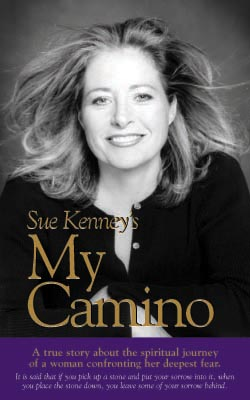
Sue has also written, Confessions of a Pilgrim and her latest book, The Contrary Way, is in development.
Sue has had guest appearances on radio, television and podcasts and articles containing her story have appeared in many magazines and newspapers. She speaks at conferences, workshops and business leadership sessions and each year she leads a group walk on the Camino. She is a barefoot walker and runner and even runs barefoot in the snow!
Please join us as we interview Sue Kenney, a veteran pilgrim of the Camino, who believes we are all pilgrims, each in search of our own way!
Enjoy...
My Camino
Q. Thank you Sue for joining us today. You experienced a life-changing event when your 23-year career as an account executive suddenly came to an end. This event started you on a journey of self-discovery which began with walking 780 kms of the Camino de Santiago de Compostela in Spain also known as The Camino. You shared your many wonderful experiences and insightful moments in your first book, My Camino, which is soon to be a feature film. How does the film differ from the book and when will it be released?
A. As with every film adaptation, several stories in the book had to be left out because they don’t work on the big screen. The book begins when I'm 45 years old as a single mother of 3 teenage girls, working in the corporate world and I'm a competitive masters rower. In the movie version the audience meets my character and her world as an eight year old. This approach was based on experiences I had when I started telling stories about the Camino.
Many people asked me what type of a person would choose to walk almost 800 kilometers on the Camino alone in the winter. When my writing partner, Bruce Pirrie, and I began the creative process of penning the screenplay adaption of My Camino, we felt it was an effective approach to setting up the character and story. There is so much more to the film that is impossible to describe here. It’s more than a Camino story. It is a story about the self-actualization of a modern day woman and it is a film with a strong moral message. Our intention is that people will be inspired to question their life journey and experience a sense of resonance. I see people in the audience staying in their seat at the end of the film, pausing to let the story distill.
Q. In an interview you said that one of the things you discovered about yourself is your voice. You realized that your voice is a gift and you love to use your voice to share your message. This is evident when you recorded your book, My Camino, in audio book format and made it available for free download from your site: SueKenney.ca. What other creative ways have you found to share your unique gift?
A. At first I thought it was only my speaking voice so I told stories, recorded a storytelling CD and talked about my journey to anyone who would listen. Over time it became clear to me that my voice is expressed in many ways. Through writing, poetry, film, painting, speaking and even walking barefoot I share my voice.
Q. Most runners who transition to barefoot running do so to prevent injuries and improve their running performances, but you began to walk and run barefoot before you were even aware of the barefoot running movement. Can you tell us why you decided to walk and run barefoot?
A. One day I received a strong message to “be still”. I decided the best way to do that would be to sit by the water. I had already purchased minimalist shoes, but never with the idea that I would one day go barefoot. As I sat still, I took my shoes off and noticed a strong energy coming through the ground under my feet. I wanted to get up and walk. It was very painful at first. I found I enjoyed walking in the forest best.
I read the book Barefoot Running, by Michael Sandler and Jessica Lee and I read Earthing: The Most Important Health Discovery Ever? by Clinton Ober. Those books confirmed what I intuitively knew was important: I had an obligation to teach others about connecting with the Great Mother Earth. One day after a couple of months of walking in the forest, I just started running quite naturally. It amazed me how fast I could run over stumps and rocks. And so the story begins…
Q. Barefoot running seems to be more popular in warmer climates than in the colder northern countries. However, you live in Ontario, Canada, where it gets very cold during the winter, but that hasn't deterred you from bearing your soles to the elements. You even run barefoot in the snow, which is totally amazing. How were you able to overcome the cold temperatures to accomplish such an amazing achievement?
A. Because the weather here gradually becomes colder, I was able to adapt to the changing temperatures over time. When our feet get cold they send a signal to the brain to send more blood to keep them warm. If we put socks and shoes on, we stop the signal. As well, fat is sent to the bottom of the feet to act as protection from the cold. As this change occurred, the nerve endings in my feet pulled up and it wasn’t as painful to walk or run.
Because these sensories could easily receive messages about the temperature and the surface of the ground, without the sole of a shoe or boot cutting off the connection, they didn’t need to reach to the skin. The soles of my feet didn’t hurt anymore and over time I couldn’t feel the cold. I learned that I had to be careful in the snow because my feet became numb and toes would get very cold. So I always took my minimalist (Zems) shoes with me in case. Sometimes I would wear my Zems first until my feet got warmed up and then go barefoot. It was an incredible experience to not feel cold feet. This must be done gradually to avoid frostbite.
Q. I love the video of you running through the snow in your bare feet shown below. In the beginning of the video you are wearing shoes that look more like socks which you later remove. What type of shoe or sock are you wearing and do you only wear these running in the snow?

A. I’m wearing ZemGear minimalist shoes. I love them. They are light and are designed to be close to the barefoot experience. Of course they don’t really keep my feet warm, but rather the sole protects me from the freezing cold ground and they keep the snow off my exposed skin.
Q. Many runners have problems making the transition from running in a traditional shoe to a barefoot or minimalist shoe. They often experience calf and ankle pain as well as top of foot pain. Do you have any advice for runners who want to become barefoot runners or for those who are in the process of transitioning and are having problems?
A. Go slow. Very slow. It’s a huge adjustment for the entire body. There is a different kind of strain on the legs and feet in particular. Not only did my posture shift to be more upright, the arch/metatarsals in my feet became much stronger and higher, and the muscles in my legs worked harder . My feet and calves ached every time I went for a walk/run at first. I was doing most of my running in the forest which meant I was on uneven terrain and climbing fallen trunks and rock. It wasn’t like having sore muscles, but rather an ache.

I would go back and forth between my shoes and being unshod to give myself a break. Now the snow has melted and it’s only just below zero degrees Celcius, I don’t take my shoes with me anymore. Being barefoot in the forest, I gained more balanced, flexiblity, strength, clarity of thought and generally more energy. I highly recommend running in the forest or on a trail if you can.
Q. You recently began holding barefoot healing workshops. Can you tell us more about these workshops and how going barefoot promotes healing?
A. Eating organic, raw, nutritious meals, doing yoga/meditating, seeing holistic health practitioners and growing spiritually are all elements of a holistic approach to life. There is one piece we may have forgotten and it's right under our feet: Mother Earth. We started wearing shoes and it quickly became a gauge of status cutting us off from a life source. What lies in the ground provides our body with a key component to heal itself.
The goal of the workshops is to teach people about the healing properties of being outdoors on the ground. We talk about the body as an electrical system and that we need negative electrons from the ground in order to manage inflammation that is caused when the positive free radicals attempt to heal an injury or disease. We also address the physical aspects of barefooting…how to integrate it into your life. I’ve had a profoundly spiritual experience, a feeling of being connected to source in a state of absolute happiness and I love to share this with others too.
Q. You often conduct leadership sessions in which you promote the 7 Pilgrim Leadership Virtues of: Be courageous, Be love, Be grounded in the present moment, Be disciplined in everything you do, Be truthful, Be a leader and Know your higher purpose. Is there a particular virtue that leaders find more difficult to implement than others?
A. It’s difficult for me to comment on this because it’s a judgment about someone else. My experience, however, is that the virtue of Being Love is the one that is the most difficult to accept in the corporate/business world, and yet it is valued in the entrepreneurial field.
Q. To date you have walked the Camino eight times. You have also completed shorter group walks including the Kawartha TransCanada Trail in Ontario and the East Coast Trail in Newfoundland. Are there other trails on which you hope to organize group walks?
A. I have a philosophy that there is a co-relation between walking and creativity. If we could all be more creative, then maybe we could come up with a creative idea to address world peace, hunger, and the environment. My plan is to walk the Bruce Trail in Ontario, Canada this summer. It’s about 900 kilometers so a bit of a challenge because I will do it barefoot. I want to create a foundation that pays artists to walk. The goal of walking this path is to raise funds, get sponsors, draw attention to the cause and increase awareness about walking and creativity.
Q. This year (2012) in May, you will be walking the Camino barefoot for the first time. This year the walk will cover 225 kms over a period of 11 days. Can you tell us more about what someone attending a group walk with you can expect?
A. With each group I lead on the Camino path, I offer a coaching program that includes preparation for the physical journey, planning and spiritual guidance . Each pilgrim will have their own training program to make sure they are ready to walk on average 20 kms a day. We have a series of conference calls and get to know each other before we meet. We discuss expectations and set agreements. We don’t necessarily walk together, but we meet at the end of the day for a pilgrim’s meal and we stay at the hostels. Each group is unique and it’s truly my honour to walk with them. This year I will be guiding another group in the Fall and look forward to walking at that time of year.
My Camino
Q. Sue you have made tremendous accomplishments and touched so many lives since you first walked the Camino. So now, what's on the horizon for Sue Kenney and what will we see from you in the future?
A. Right now I am focused on teaching people about Barefoot Healing, walking and running. I believe my work is to connect more people to Mother Earth. I’m writing another book called The Contrary Way which is a guide to the journey back home. It is based on my experiences walking 800 kms on the reverse way of the Camino path I first walked in 2001.
Whenever we make a shift or a significant change in our lives, we need to integrate that back into the ordinary world. This book addresses that with anecdotal stories and suggested tools to help guide that process.
I love to speak to groups and inspire them, so you’ll see more of that too. I’ll continue to be a life coach and workshop facilitator. I welcome every chance I have to assist people going on the Camino. It profoundly changed my life and I am forever grateful for that. Thank you for taking the time to research my stories and provide a place for me to share with others. Love and light.
Thank you Sue for enlightening us with your inspirational stories and experiences. We appreciate all you do to help others heal and begin their own spiritual journey. We look forward to the release of your new book and the release of the feature film, My Camino.
You can read more about Sue Kenney and My Camino on SueKenney.ca and watch more of her barefoot videos as Barefoot Sue on TikTok.
You can learn more about the science and the Breathing Method on her Facebook page where she is currently offering free videos twice a week on this amazing technique!
Back to top of My Camino
Return to: Running Interviews
- Home
- Running Interviews
- Camino
FTC Disclosure: As an Amazon Associate, I earn from qualifying purchases. Learn more
NEW FEATURE - DISQUS COMMENTS!
Login using Facebook, Twitter, Google or Disqus.
Recent Articles
-
Have you ever had a run where everything suddenly felt effortless?
Dec 18, 25 11:01 AM
-
How to Choose the Best Treadmill for Your Home
Dec 10, 25 07:13 AM
-
Winter Running Tips and the Best Waterproof Running Shoes
Nov 15, 25 01:55 PM
-
When the Music Stops, Awareness Begins
Nov 05, 25 10:54 AM
-
Get yours in time for gift giving!
Oct 24, 25 12:32 PM
-
Change How You Deal with Running Pain
Oct 10, 25 08:53 AM
-
Surprising Benefits of Backwards Running
Sep 15, 25 12:40 PM
-
It's an Awesome Product!
Aug 28, 25 09:25 AM
I went out for a walk this morning and I used the #PRPocket for the first time. I had to check at least 3 times because I thought I lost my phone (iPhone -
Running in Hot Weather: What Every Runner Needs to Know!
Aug 14, 25 01:00 PM
-
Sick of Dieting? You’re Not Alone — And There Is a Better Way.
Jul 30, 25 12:18 PM




